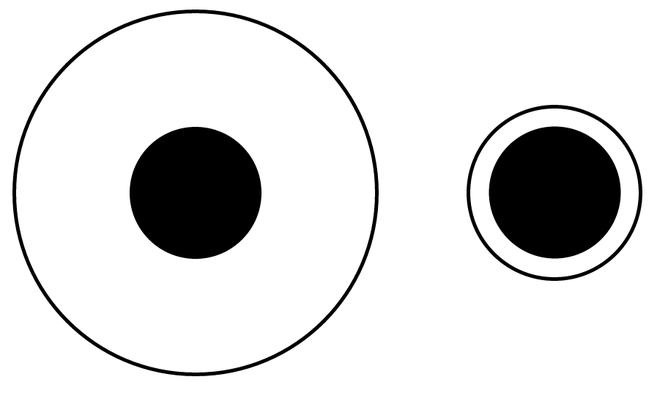
Journal of Retailing and Consumer Services, Elsevier, vol. " Like throwing a piece of me away: How online and in-store grocery purchase channels affect consumers’ food waste," PLOS ONE, Public Library of Science, vol. " Extraverted Children Are More Biased by Bowl Sizes than Introverts,"

Journal of Business Research, Elsevier, vol. " Love is in the menu: Leveraging healthy restaurant brands with handwritten typeface,"

& Choi, Sungwoo & Mattila, Anna S., 2019. angular servicescape: “Shaping” customer response to a fast service encounter pace," & Bogicevic, Vanja & Mattila, Anna S., 2018. " Foundations for an Ontology of Nudges," " More than just a utensil: The influence of drinking straw size on perceived consumption,"

" Making Small Food Units Seem Regular: How Larger Table Size Reduces Calories to Be Consumed," Journal of Consumer Affairs, Wiley Blackwell, vol. " Why Do We Read On-Pack Nutrition Information so Differently? A Typology of Reading Heuristics Based on Food Consumption Goals," Isabelle Chalamon & Lydiane Nabec, 2016.By showing that the Delboeuf illusion offers a mechanistic explanation for how dinnerware size can bias serving and intake, we open new theoretical opportunities for linking illusions to eating behavior and suggest how simple changes in design can improve consumer welfare. Although these serving biases are difficult to eliminate with attention and education, changing the color of one's dinnerware or tablecloth may help attenuate them. A countercyclical sinus-shaped relationship is shown to exist between these serving biases and the relative gap between the edge of the food and the edge of the dinnerware. The results of five studies suggest that the neglected Delboeuf illusion may explain how the size of dinnerware creates two opposing biases that lead people to overserve on larger plates and bowls and underserve on smaller ones. Despite the challenged contention that consumers serve more onto larger dinnerware, it remains unclear what would cause this and who might be most at risk.


 0 kommentar(er)
0 kommentar(er)
